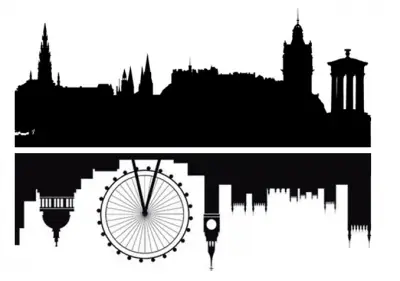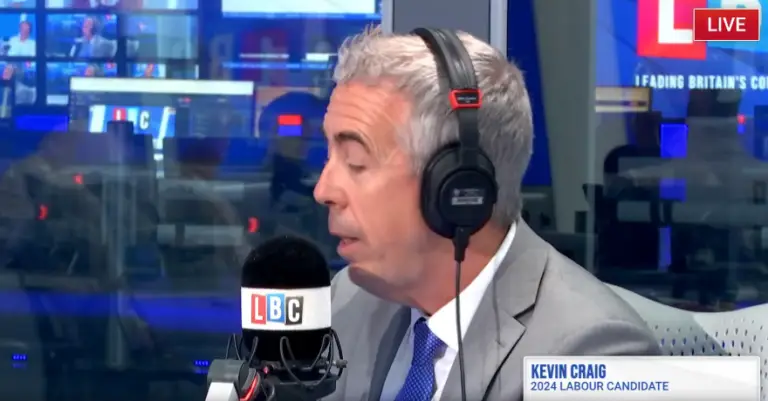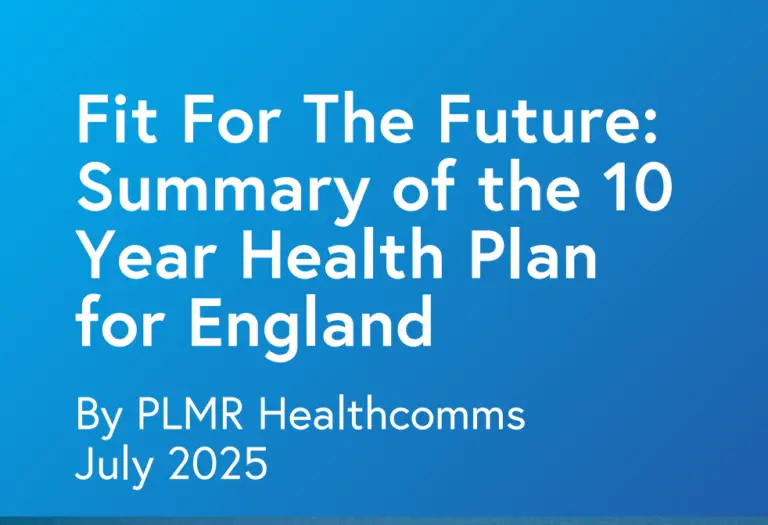POLITICS IN SCOTLAND
Scottish politics has been turned on its head in the last year. SNP leader and Scotland’s first female First Minister, Nicola Sturgeon, has proven herself to be a formidable opponent against the might of Westminster and her party are predicted to hold the balance of power in May.
In last week’s seven-way national Leaders debate, Sturgeon clearly revelled in her opportunity to hold David Cameron to account for five years of Tory austerity and cuts to welfare. Throughout the referendum campaign she stated that the Westminster system means Scotland doesn’t get the government it votes for – with the Conservatives representation reduced to just one seat she may have a point.
Just seven months after defeat in the independence referendum, the SNP have snatched victory from the jaws of defeat and are a party reborn. Unprecedented growth in their membership to over 100,000 means that despite representing only one tenth of the UK population they are now the third largest UK party. Only Labour and the Conservatives have more registered members.
THE POLLS
Despite seeking to pull Scotland out of the UK, the SNP are now fighting for every Scottish seat at Westminster with polls consistently predicting they will secure the majority of the 59 Scottish seats available at Westminster.
The latest Guardian/ICM poll shows that 43% of voters intend to vote for SNP candidates with Labour behind on 27%. This is an increase of just one per cent since Jim Murphy became leader of the Scottish Labour Party in December 2014 and suggests they would lose all but 12 of their current Westminster seats.
More detailed polling from Lord Ashcroft in February looked at individual seats and found that voting intentions would translate to the SNP winning 56 out of the 59 available seats with only Jim Murphy and Glasgow MP Willie Bain retaining seats for Labour and the last Tory MP David Mundell holding onto his seat with a reduced majority.
This would wipe out the 11 seats the Lib Dems currently have in Scotland which may seem an extreme scenario. However other polls have shown similar, if less stark, results with Labour holding onto around 11 seats rather than the two Ashcroft suggests. Regardless, it’s clear the polls cannot be ignored and each party must fight to secure every vote.
THE BATTLE
Nationally, ComRes polling shows that across the UK, both the Conservatives and Labour parties are sitting neck-and-neck so the outcome in Scotland on May 7th could be the deciding factor on who holds the keys for Number 10. If the status quo were to be maintained then Labour would undoubtedly form the next UK government. However as the polls suggest this is unlikely to be the case, the result for every Scottish seat will be of greater significance than ever before.
With everything to play for it’s clear the gloves are off. This week’s two Scottish Leaders debates touched on key issues including the NHS, zero hours contracts, Trident and the deficit but the focus was very much on who will form the next UK government.
With the Conservatives and Liberal Democrats Leaders reduced to bit players, Sturgeon and Scottish Labour leader Jim Murphy duked it out. She offered to help make Ed Miliband Prime Minister, he fervently declined any offer of assistance or suggestion it was needed.
During the first debate, one audience member stated that she’d been won over by the points Murphy made and her previous indecision on who to vote for had been settled. Murphy was flippant in his response, noting there were only 500,000 to go. Given the polls, the SNP’s prominence in the UK press, and their potential role as kingmakers for any Labour government, Murphy really needs to secure more than one vote at a time.
Despite receiving probably the loudest rounds of applause the audience weren’t always on the First Minister’s side. She also encountered boos during the first debate when she failed to rule out the possibility that the SNP’s Holyrood 2016 manifesto would include the promise of another independence referendum. Plus during the second, she reiterated her party’s desire for full fiscal autonomy for Scotland despite experts suggesting it would cost the Scottish economy £7.6billion.
THE INDEPENDENCE QUESTION
Politically, 2014 was the year of the referendum and it was the issue that encompassed all political debate north of the border in the months before voters went to the polls on September 18th.
Regardless of the outcome of the referendum, one thing was clear – never had Scots been more engaged or passionate about their views on the country’s future. Ultimately the decision was to stay with our UK neighbours and move forward as a United Kingdom. The legacy of the referendum debate was more powers for the Scottish Parliament through the Smith Commission, which will see more tax controlled by Holyrood and greater control over elements of the welfare system.
However, there’s no doubt that the process, which included the Unionist parties working in tandem as part of the Better Together campaign, along with increased levels of political engagement in Scotland, has had a lasting impact on each of the four main parties.
SCOTTISH LABOUR
While the SNP, in defeat, have been on the ascendancy, in victory the Scottish Labour party has been in decline. Criticised for working alongside the Conservatives and the Liberal Democrats as part of the Better Together campaign, the party has struggled. The untimely departure of the leader of the Scottish party, Johann Lamont, who left with a sideswipe at the UK party stating that Ed Miliband and co treated the Scottish party like ‘a branch office’ of Westminster, triggered a leadership election just weeks after the referendum. This along with 200,000 Labour supporters voting ‘Yes’ in September and the progressive policies of the increasingly left-wing SNP Scottish Government, has left Scottish Labour fighting to hold onto their core vote.
THE SCOTTISH CONSERVATIVES
The Conservatives currently have only one Scottish MP, David Mundell in Dumfriesshire, Clydesdale and Tweeddale. Despite having a strong group within the Scottish Parliament it’s unlikely their national performance in May will be heavily influenced by seats north of the border. There is perhaps the chance for a couple more MP’s in former Tory heartlands in the south of Scotland but this isn’t going to affect the battle between the SNP and Labour for the greatest number of Scottish seats in Westminster.
SCOTTISH LIBERAL DEMOCRATS
For the Liberal Democrats it’s a different story. They have 11 sitting MPs, several of whom are prominent members of the party. Danny Alexander as Chief Secretary to the Treasury would be a real loss for the Lib Dems, as would Secretary of State for Scotland, Alistair Carmichael and former leader Charles Kennedy. Their decision to go into coalition with the Conservatives is also likely to see a backlash from the party faithful so maintaining a presence in traditional Lib Dem areas, such as the Highlands of Scotland, will be a key election target.
THE SNP
A year ago it was unlikely anyone was talking about the SNP playing such an important part in the General Election as they are now. Yet despite both the Conservatives and Labour ruling out the possibility of forming a coalition with the Scottish nationalists, if the polls are correct then they could well hold the balance of power in Westminster by becoming the third largest party there.
If as Sturgeon claimed this week, the SNP are working to put Labour in to Number 10, it won’t come for free. Salmond, who is running in the Gordon constituency, has suggested his party would be in such a powerful position they would effectively be able to write Labour’s first budget and demand £180billion for public spending north of the border. Or if the Conservatives try to form a Government he has also suggested that his party would use that position to block any attempts by voting against an inaugural Queen’s speech to push Labour into power.
WHAT NEXT?
If the polls are accurate then all 59 seats in Scotland will play a part in determining the outcome of the election. However with just four weeks to go and all to play for nothing is guaranteed and from the Western Isles to the Borders party activists of all colours will be out knocking on doors each and every day to coax every vote they can for their candidate.
While every constituency is a battleground, we have looked in detail at the most high profile and hotly contested seats to analyse how Scottish votes will influence the UK outcome in May.
Our full seat-by-seat report of the battleground seats is available for download here, or contact Lynn directly for more information on Lynn.McMath@plmrscotland.co.uk




